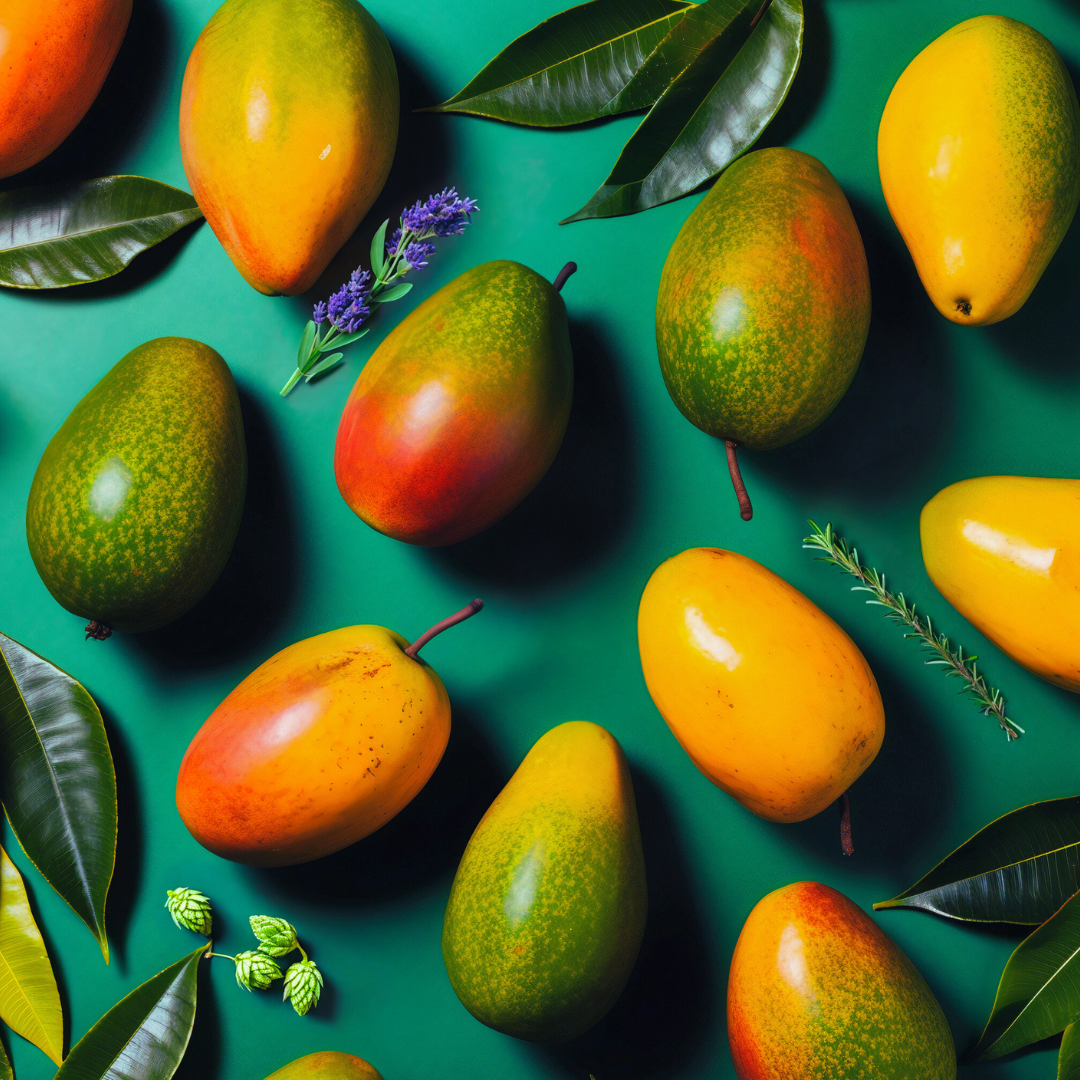
Herbal botanicals are renowned not just for their varied effects but also for their rich palette of aromas and flavors. From the citrusy zing of Lemon Haze to the earthy undertones of OG Kush, each strain offers a unique sensory experience.
But what gives the herb these distinctive smells and tastes? The answer lies in the fascinating interplay of flavorants, (and terpenes), which are key to the plant’s aromatic diversity. In this blog, we’ll dive into the world of flavorants, explaining their role and how they shape our experience with different strains.
Flavorants are primarily terpenes and flavonoids, the chemical compounds that contribute to the plant’s scent and taste. These are widespread in the plant kingdom and are pivotal in providing the flavors and aromas of many fruits, flowers, and herbs. In cultivars, these compounds are secreted in the sticky resin glands of the plant, where THC and CBD are also produced.
Terpenes are aromatic oils found in many types of plants, but they play a crucial role in differentiating the scent of one strain from another.
Additionally, terpenes can also influence the effects of a particular strain through a phenomenon known as the “entourage effect,” where they interact synergistically with cannabinoids to enhance the overall psychoactive effects.
Flavonoids in botanicals are also thought to contribute to the overall qualities of the plant. Like terpenes, they are found throughout the plant world and add to the vibrant colors of many flowers, fruits, and vegetables. They work alongside terpenes to enhance each strain’s unique flavor profile and may also support the plant’s natural characteristics.
The combination of terpenes and flavonoids in a plant determines its unique flavor and aromatic profile, which can significantly impact a user’s experience. The potentially therapeutic benefits of herbs are not solely due to their cannabinoid content but are also influenced by these aromatic compounds. For example, a strain high in linalool and myrcene might be particularly effective for someone seeking relaxation and stress relief, while a pinene-rich strain could be better suited for someone in need of a mental clarity boost.
The intricate world of terpenes and flavorants is a rich field that offers much more than just psychoactive effects—it provides a full sensory experience. Understanding the roles of these compounds can enhance your appreciation and help you choose strains that align more closely with your needs and preferences. Next time you select a strain, consider what flavors and scents you’re drawn to and how they might influence your experience.
As the industry continues to evolve, so does our understanding of the plant’s complex biochemistry. By learning more about the elements that contribute to the distinctive characteristics of different strains, consumers can make more informed choices and tailor their experience to their specific desires. Here’s to more flavorful discoveries!
**This blog is for informational purposes only and does not represent the views of Rite Innovations. The insights shared are anecdotal, not universally applicable. The FDA has not evaluated the statements made about herbal products, and we recommend consulting with a physician before consuming them. These products are not intended to diagnose, treat, cure, or prevent any diseases. Support for claims made on this website is available upon request. **
Sign up for our newsletter to get the latest from the Rite Innovations team.